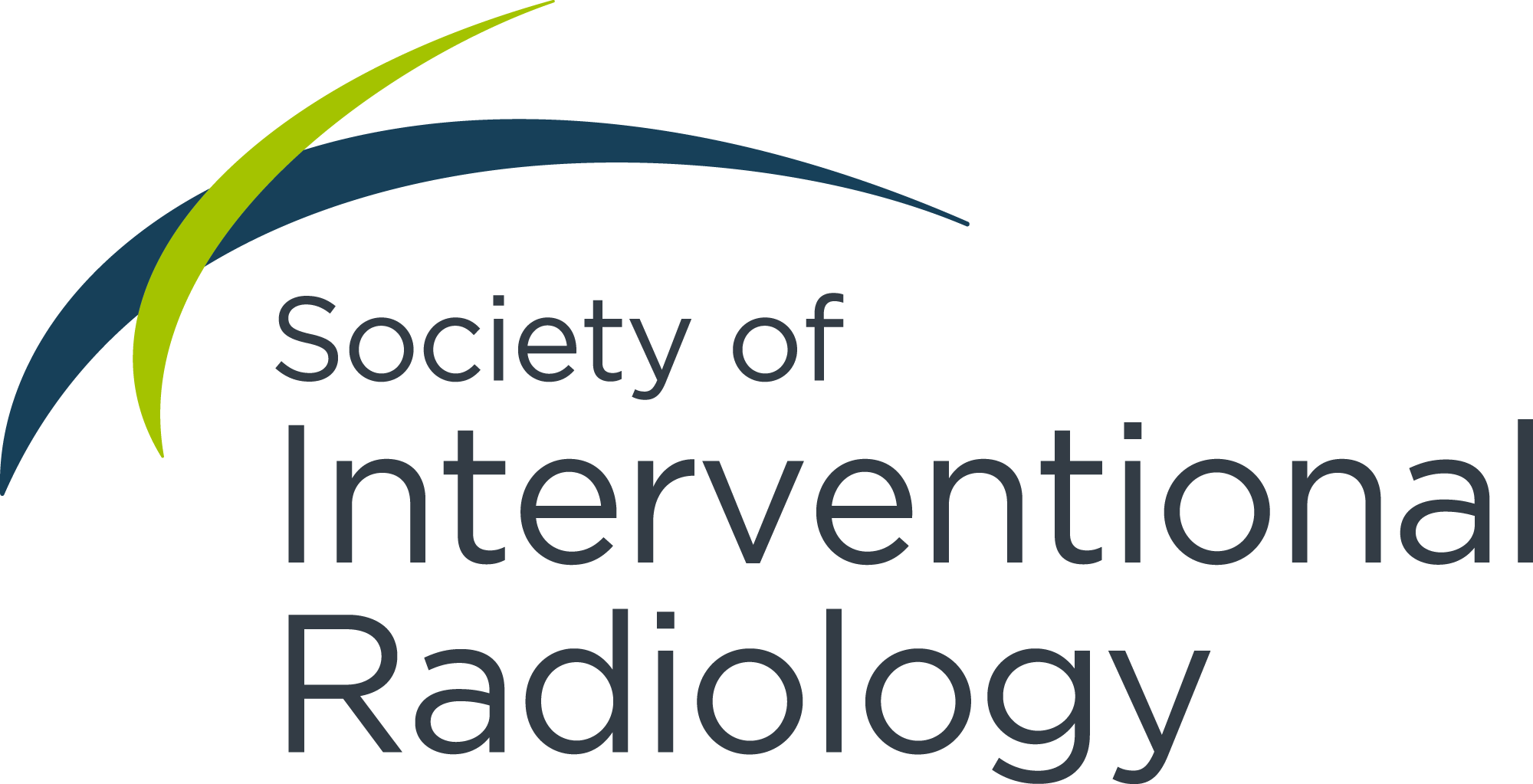In September, the monthly Virtual Angio Club opened its doors to Residency Essentials participants to present their challenging and interesting cases. Anurag Chahal, MD, a PGY-5 diagnostic radiology (ESIR) resident at Washington University, shared his experience and takeaways from an interesting case of a neonate patient with a pial arteriovenous fistula (AVF) that was draining into the vein of Galen.
IRQ: Tell us about this case.
Anurag Chahal, MD: This case involved a neonate male who had initially been diagnosed with a vein of Galen dilatation on prenatal ultrasound and was born at 37 weeks and 4 days via induction of labor for new pericardial effusion. However, when he was delivered, he didn’t have any signs of clinical failure and the shunt in his brain didn’t seem significant enough to cause imminent failure. The care team made the clinical decision to forgo intervention and just monitor him until he was larger, around 5 months old or so. A vein of Galen aneurysmal malformation (VGAM) was the presumptive diagnosis at birth, although more detailed imaging evaluation revealed secondary dilatation of the vein of Galen due to drainage from a pial AVF.
We worked closely with his pediatrician to schedule timed clinical visits to monitor neurological symptoms and head size, which would serve as a surrogate for elevated intracranial pressure and increasing vascular shunting. We wanted to limit the MR imaging to reduce repeated anesthesia in such a small child. It was crucial to provide longitudinal care and follow-up as part of a multidisciplinary team.
At 5 months, he began to go downhill. His head size increased, and he started to show some behavioral abnormalities. An MRI showed significant increase in the abnormality with increasing size of the shunt and vein of Galen resulting in compression of ventricular outflow, and he started to have hydrocephalus. We took him to angiography and saw several feeders leading to the shunt and one large feeder.
We intervened and achieved maybe 40–50% reduction in flow by coiling off that one large feeder from the right side. When we attempted to go into the smaller feeders, there was some difficulty and we were concerned that we may cause more harm than good, so we chose to wait and watch from there. Being a trainee who is learning mostly the “how” and “when” of procedures, this part of “when not to proceed” was an important lesson for me.
We continued clinical and spaced imaging surveillance and eventually brought the patient back when he was a year old and his head was large enough for us to go into those other vessels. Moreover, his shunt was also growing a little bit with his age. We went in and took care of the majority of those additional feeders. After reducing the flow substantially, we discussed the patient with his parents, who desired a definitive procedure, prompting us to adopt an additional transvenous approach in the same session to block off a large venous sac before drainage into the vein of Galen.
IRQ: How is the patient now?
AC: He’s doing fantastic. We recently had another follow-up and at almost 2 years old he’s fully caught up with his peers after that initial setback. He currently has no neurological abnormalities, intellectual disability or signs of heart failure.
IRQ: What makes this case stand out to you?
AC: This case is special to me because, as a trainee, you want to be aggressive and take care of everything. You want a perfect angiographic outcome. But this case was a learning opportunity because my attending told me that in these patients, you don’t always want to get a perfect picture. In this particular case, even more than others, perfect can be the enemy of good.
This was a very involved clinical case requiring a lot of judement. The patient’s care was a very thoughtful, deliberate process throughout and it never focused on “doing whatever it takes to get the best outcome.” For someone in training, it was very eye-opening. They say that you learn how to operate in the first 10 years, learn when to operate in the next 10 years, and learn when not to operate in the last 10 years of practice. If I were approaching this case alone, I would have wanted to do everything in the first go. But my attending, Arindam Rano Chatterjee, MD, who was so experienced and deliberate in his approach, showed me the value of taking small steps and waiting to get an ideal outcome in good time.
In addition, this case really drove home how important it is to have a fundamental understanding of anatomy and radiology as well as procedural skills. In this case, the patient did not have a standard VGAM despite looking like one, and if we had treated it as such, we wouldn’t have had as good of an outcome. In my Virtual Angio club presentation, I talked about how we were able to embolize a separate venous pouch using the transvenous route. Since we are IRs, I really feel that it’s important to understand the imaging before we start doing intervention, and this case emphasized that viewpoint. I like to think of myself as a physician first, radiologist second and interventionist last as I progress through my training.
IRQ: How does the pediatric aspect stand out to you?
AC: I love pediatric interventions because we can add so many fruitful years after intervention. For so many patients, we can provide pain palliation and improve someone’s quality of life for the last 3 months or so of their life—but for pediatric patients, you can add 50, 80, 100 years to their life. And kids are so good at springing back, and they do so well clinically. It’s hard not to get excited when you see them flourishing at follow-up. A lot of our interventions are not curative, but with pediatrics, they really can be.




